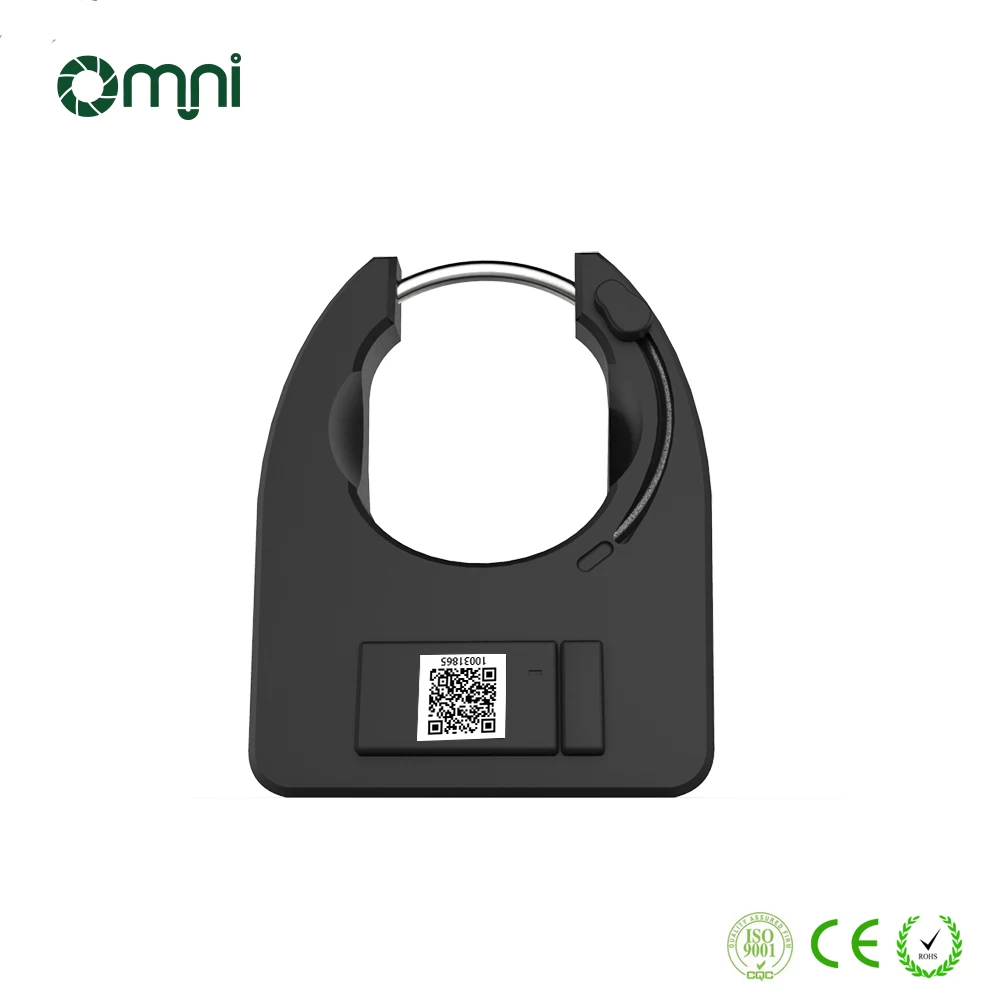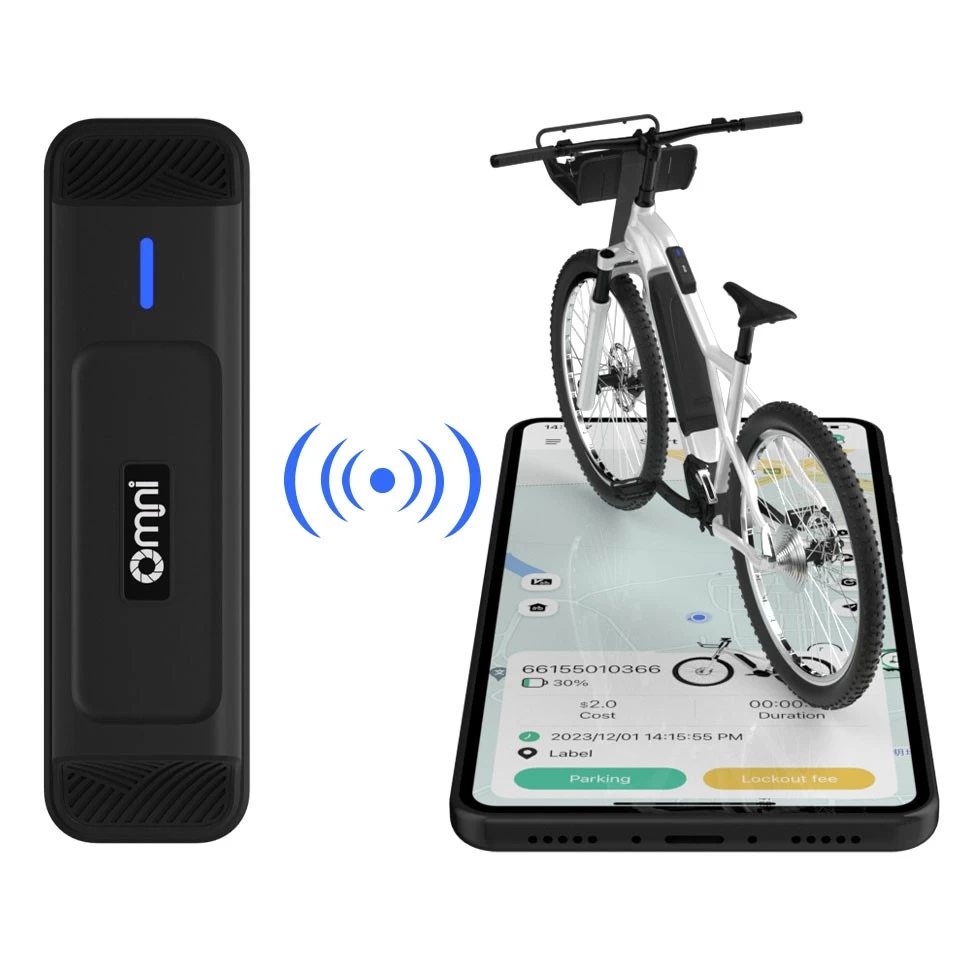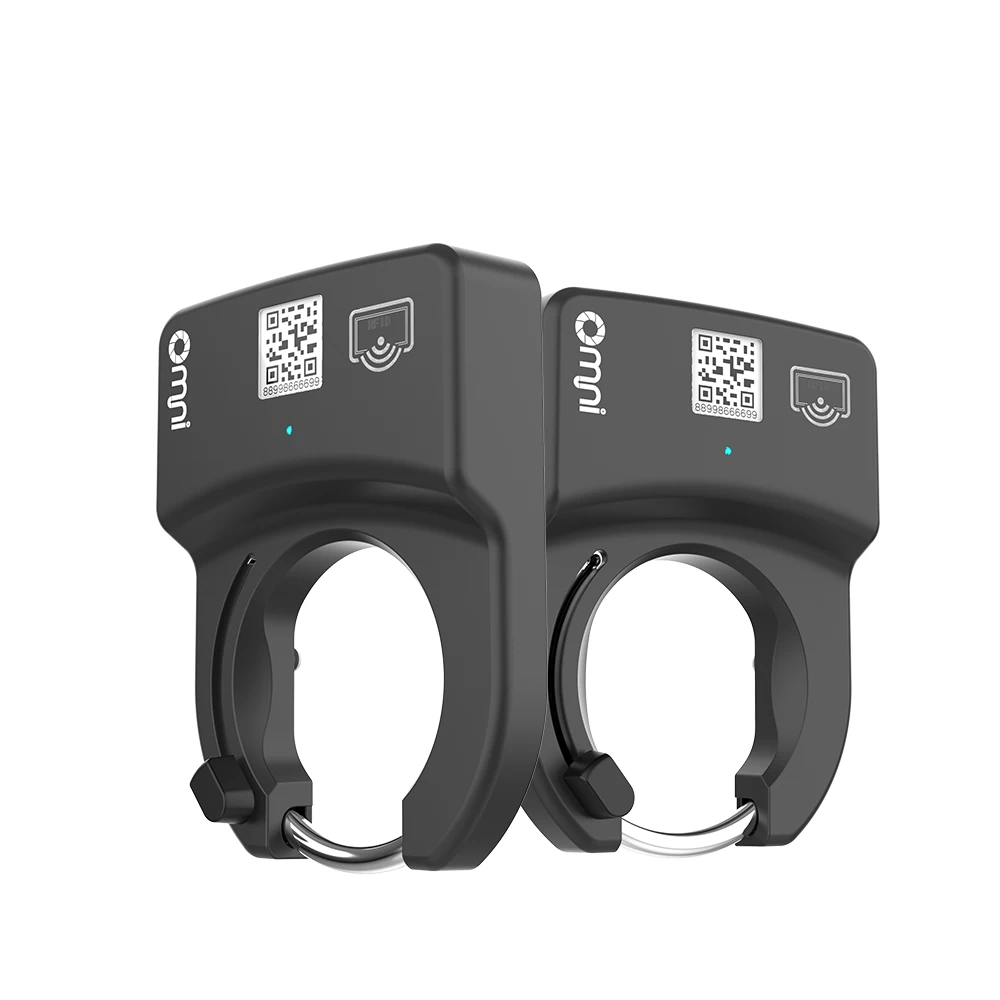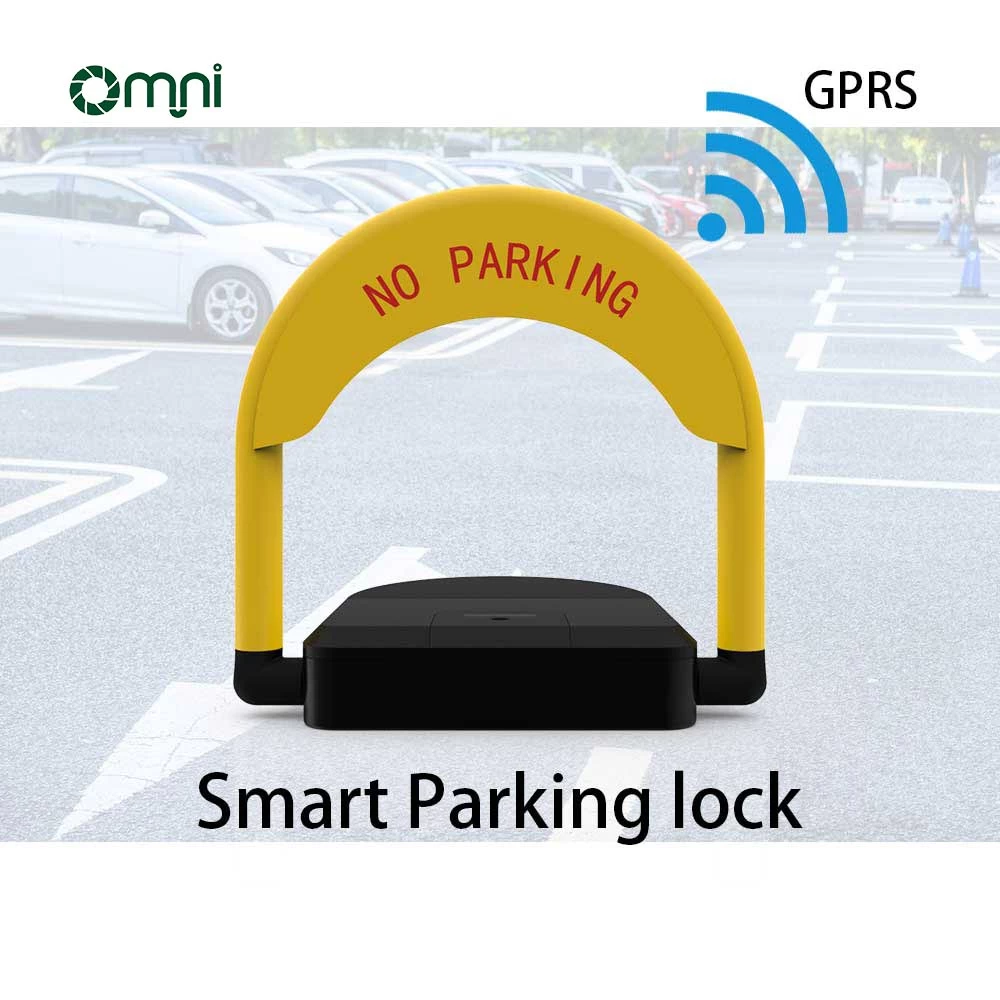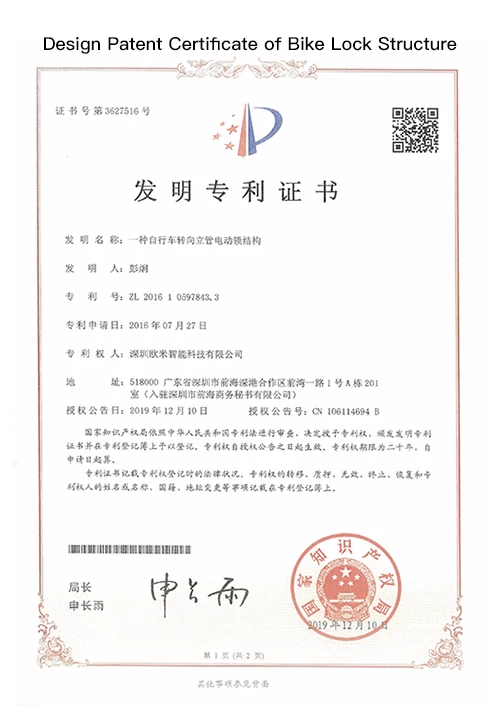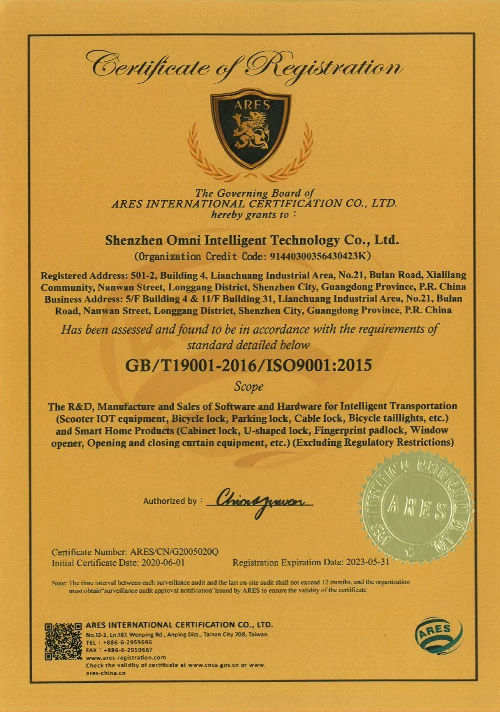How does a Bluetooth Bike Lock Perform?
Bluetooth bike lock is a core component for protecting bicycles and electric bikes,primarily used for anti-theft purposes.It can include Bluetooth and RFID cards,allowing users to unlock it via Bluetooth on their smartphones.If you happen to be exploring Bluetooth bike locks recently,take a look at the content below—it might inspire you.
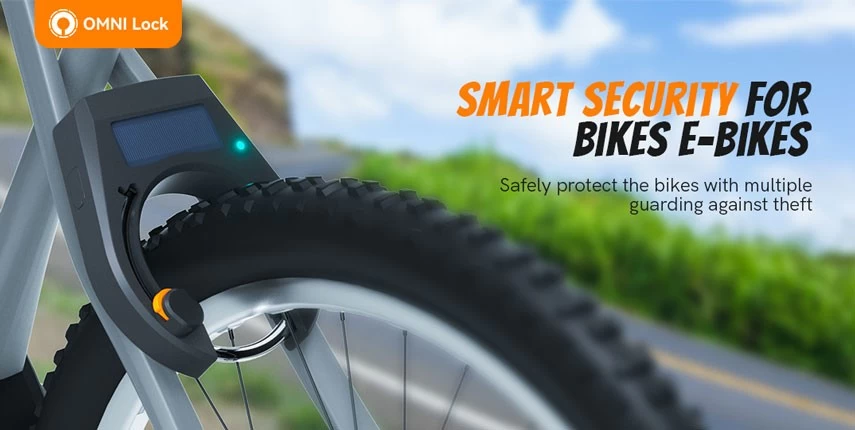
Understanding the Unlocking Process of Bluetooth Bike Lock
Through a simple analysis,the unlocking process of a Bluetooth bike lock can be easily understood:
After Bluetooth is connected,the Bluetooth bike lock proactively sends the session key to the mobile device.
The mobile device generates a confirmation key function code,encrypts it,and sends it to the lock,which then replies with a confirmation data packet.
The mobile device converts the decimal password into a hexadecimal format and sends a password verification function packet.The lock responds with the verification result.
If the password is correct,the mobile device sends the unlock function code(05)to open the Bluetooth bike lock.
After unlocking is completed,the Bluetooth bike lock immediately disconnects to save power.
Components of Bluetooth Bike Lock
The Bluetooth bike lock mainly consists of the lock body,photoelectric sensor,pressure sensor,fingerprint recognition module,stepper motor,cam mechanism,microcontroller control board,battery and power management module,and buzzer.
Installation Position of Bluetooth Bike Lock on Bicycles
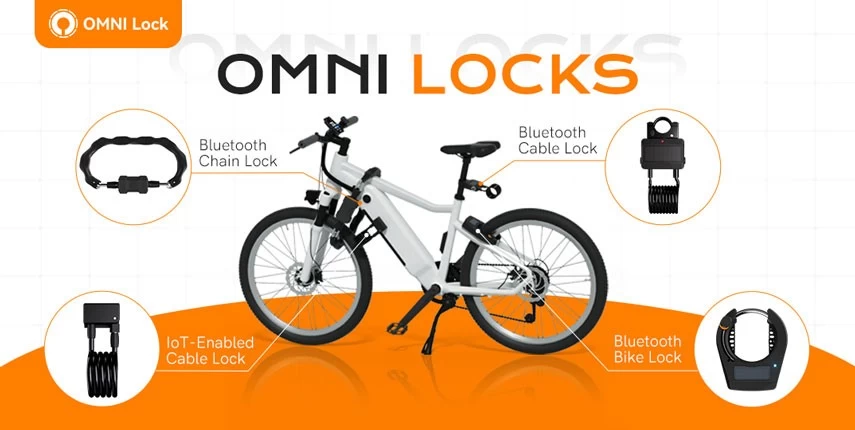
How Does Bluetooth Bike Lock Work?
When the device is activated,the photoelectric sensor and pressure sensor detect the bicycle’s status.If the pressure sensor detects pressure,the system determines that the bicycle is in a riding state,and the photoelectric sensor remains inactive.If no pressure signal is detected,the photoelectric sensor is activated.If the photoelectric sensor continuously receives signals,it means the bicycle is in motion;if it fails to receive signals for a long time,the bicycle is considered stationary.
When the microcontroller detects that the bicycle is stationary,it controls the stepper motor to rotate at a certain angle,moving the cam mechanism to drive the lock bolt into position,securing the bicycle automatically.If the fingerprint sensor receives a signal,it compares it with the stored fingerprint database.If the match fails,the lock remains closed,and after three failed attempts,the buzzer emits an alarm.If the match is successful,the stepper motor rotates at a certain angle,activating the cam mechanism to release the lock bolt,which resets via the spring mechanism,unlocking the bicycle.
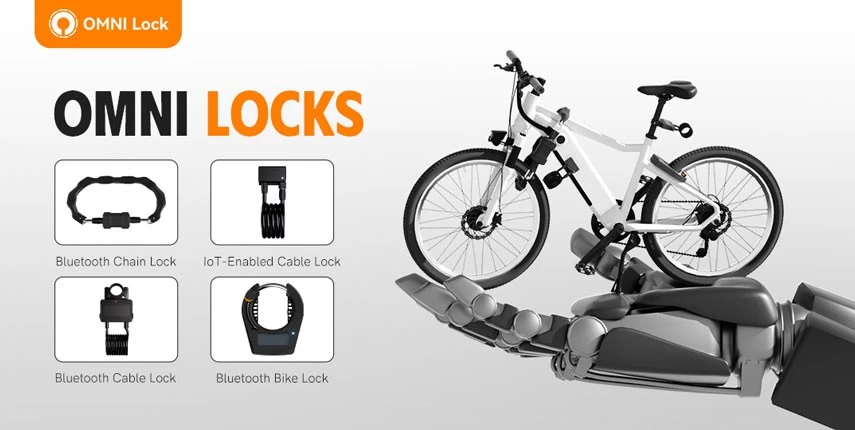
When the battery level drops below 20%,the buzzer emits a warning sound,and the LCD screen displays the remaining battery percentage,prompting the user to recharge the device in time.
Nowadays,users have higher demands for innovation,stability,and security in Bluetooth bike locks.Traditional Bluetooth bike locks no longer meet market needs.For example,conventional Bluetooth bike locks lack convenience,do not support RFID cards,and only have backup keys for unlocking.





